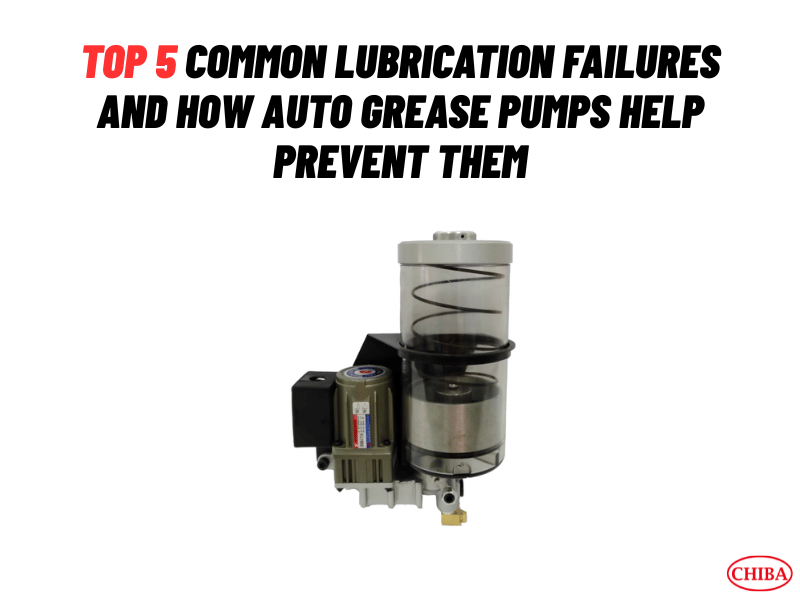
Top 5 Common Lubrication Failures and How Auto Grease Pumps Help Prevent Them
In industrial machinery, lubrication is not just about applying grease—it's about ensuring reliability, reducing wear, and preventing costly downtime. Many equipment failures can be traced back to lubrication errors. Fortunately, most of these issues are preventable with the right tools—such as an auto grease pump.
What Is an Auto Grease Pump?
An auto grease pump, also known as an automatic grease lubrication pump or automatic greasing system, is a device that automatically delivers controlled amounts of grease to designated lubrication points on a machine. Unlike manual lubrication, which relies on periodic maintenance routines, an auto grease pump ensures consistent, timely, and measured lubrication—especially important for equipment that runs continuously or in harsh environments.
These systems typically include a grease reservoir, motor-driven pump, distribution blocks, and tubing. They can be programmed to dispense grease based on time, machine cycles, or pressure sensors. The result: every bearing, shaft, and gear gets the grease it needs—no more, no less—without human error.
1. Inconsistent Lubrication
Automatic grease-lubrication systems ensure consistent and timely lubrication across all critical points.
- The failure: Manual lubrication schedules often vary. Some components receive too much grease, while others are neglected entirely.
- The solution: An auto grease pump maintains a pre-set lubrication cycle, delivering precise grease volumes evenly across all lubrication points, regardless of operator workload or memory.
2. Over-Lubrication
Auto grease pumps prevent over-lubrication by precisely controlling grease output.
- The failure: Excessive greasing can cause seal damage, overheating, or contamination of sensitive components.
- The solution: Auto grease pumps are calibrated to deliver only the required amount. This avoids lubricant waste and protects equipment from grease-related damage.
3. Missed or Hard-to-Reach Points
Centralized auto greasing systems deliver lubricant even to the hardest-to-reach lubrication points.
- The failure: Some lubrication points are hidden, elevated, or hazardous to access manually, leading to neglect.
- The solution: Auto grease systems use tubing and distribution blocks to extend lubrication coverage to even the most inaccessible components—safely and automatically.
4. Contaminated Grease
Sealed automatic grease-pumps reduce the risk of contamination by keeping grease clean and enclosed.
- The failure: Grease exposed to air, dust, or metal particles during manual application can carry contaminants into moving parts, accelerating wear.
- The solution: Auto grease pumps operate in sealed systems, keeping grease clean from reservoir to lubrication point.
5. Inconsistent Human Maintenance
Auto grease pumps eliminate reliance on human routines and ensure lubrication is always on schedule.
- The failure: Variability in technician skill, attention, or workload can result in irregular maintenance.
- The solution: Auto grease pumps enforce standardization with programmable timers or PLC integration, ensuring lubrication consistency across shifts and staff.
Conclusion
Poor lubrication is one of the most preventable causes of equipment failure—but only if you take proactive steps. Whether it's uneven grease distribution, excess buildup, or forgotten lubrication points, the solution is clear: an auto grease pump eliminates guesswork, reduces human error, and ensures optimal lubrication 24/7.
Need Help Choosing the Right Auto Grease Pump?
YUNG TIEN MACHINERY INDUSTRY CO., LTD offers reliable, efficient, and durable automatic grease lubrication solutions designed for real industrial conditions.
Contact us today for tailored recommendations based on your equipment type, operating conditions, and maintenance goals.